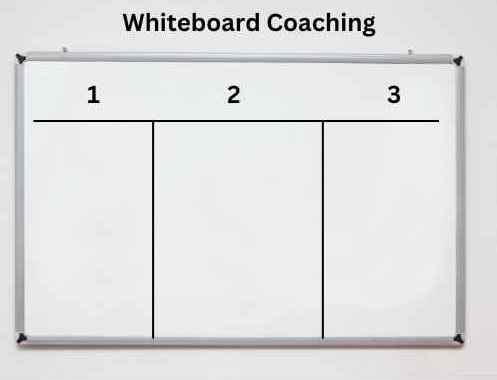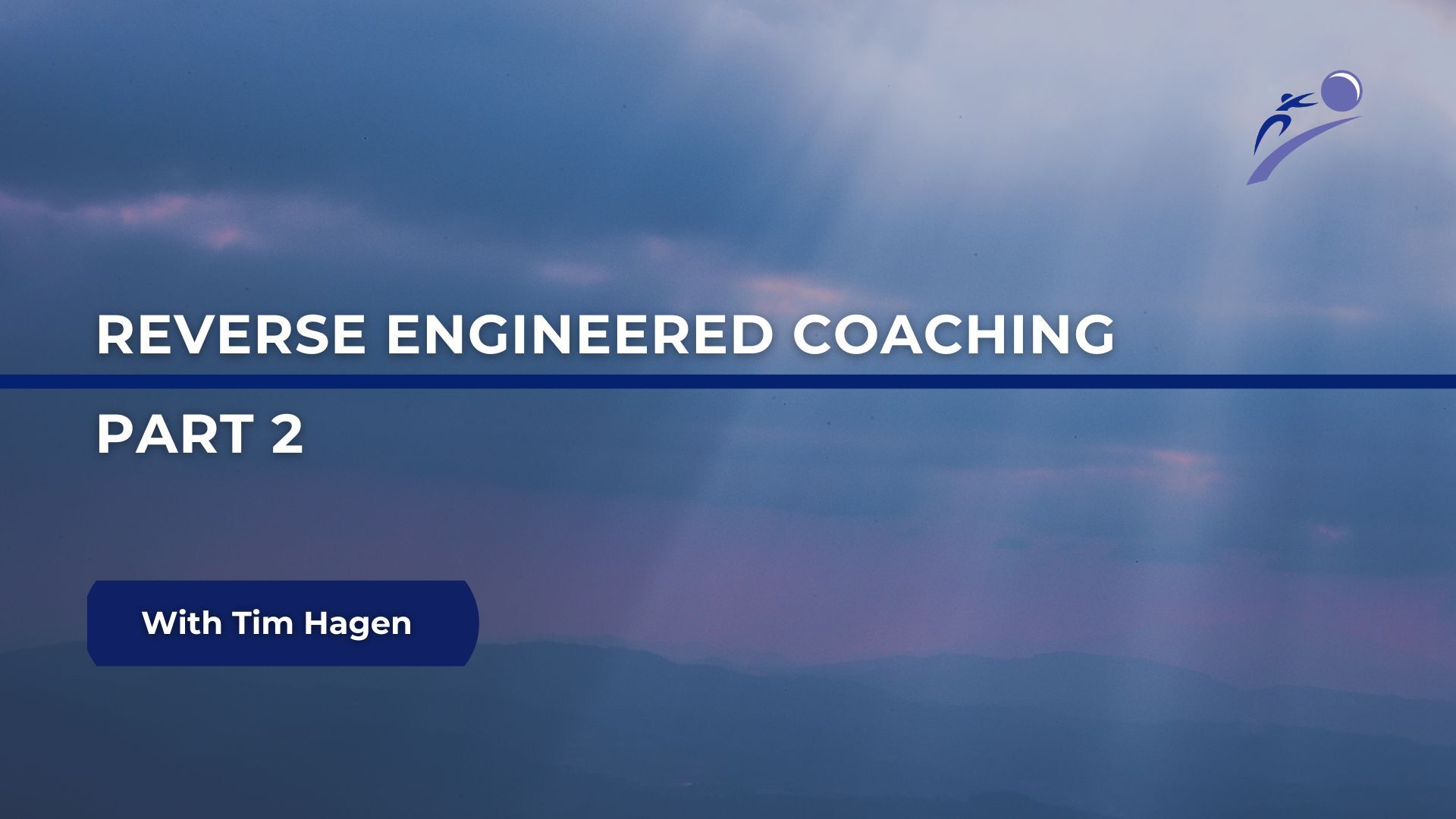Goal-Based & Whiteboard Coaching Strategies
Ever thought about supercharging your career conversations? How about harnessing the art of goal-based and whiteboard coaching to catapult your professional growth?
This episode is your roadmap to these transformative strategies. We start with goal-based coaching, where the simple act of asking about Goals, Opportunities, Actions, and Love can be the catalyst for identifying areas of improvement and developing an emotional connection to one's goals. Then, we deep-dive into Whiteboard Coaching. We explore how visually mapping your current and desired state and the actions needed to bridge the gap can be a powerful tool for self-awareness and career development. This technique is a game changer, enabling individuals to co-author their change and chart their professional progress.
Intrigued? Reach out, and we'll provide fillable PDFs to guide you through these coaching techniques.
Let's turn your career conversations into stepping stones for success!
When it comes to career development, here are two of the greatest activities you can utilize in a one-on-one conversation or a group scenario. Feel free to email us and we'd be happy to send you the PDFs that you can use in these endeavors.
GOAL-Based Coaching
The first one is called Goal-Based Coaching. Ask somebody "What's your goal?"
Write down your goal and what you want to achieve professionally. The acronym of G-O-A-L becomes your coaching questions. You can do this digitally on a whiteboard or physically in person on a whiteboard.
G - What do you need to be great at?
What that does is it triggers them to realize where they need to perform better. It's a performance-based coaching question. Typically, you want to get two or three responses.
O - If you become great, what opportunities will be afforded to you?
That's the professional association goal. You want to get two or three responses.
A - What actions or activities can we do together to facilitate the achievement of that goal?
Notice how the G (great) feeds the A (actions or activities) or the O (opportunity), and then the O feeds the A. It's amazing deep down when you build progression in the conversation, how much people know they need to practice, they need to improve, and they need to raise their game. That's where the A question comes in. It's an activity-based coaching question.
Here's the emotional attachment question...
L - What will you love about achieving this goal?
I love sharing this story. We had someone years ago in a call center, and he swore he couldn't do more than 75 calls a day. When he answered the L question, he knew if he reached his goal, he would be able to fulfill a lifelong dream to take his family to Ireland.
Guess what we did? We changed his screensaver to the hills of Ireland. We put pamphlets from Air Lingus to Irish Airlines on his desk. We also put bed and breakfast pamphlets and golf pamphlets around the office. Then we left him voicemails every Sunday night for 8-12 weeks in an Irish dial-up. We never told him who did this. Guess what happened.
Not only did he receive his goal status, he achieved it. He went from 75 calls to an average of 103.
When you understand GOAL-based coaching and you understand the L, you create the emotional attachment to the thing most people avoid--change.
Here's the second activity...
Whiteboard Coaching
Mark three columns on a whiteboard- either on a physical whiteboard or a digital whiteboard. Sit down with someone and ask them as you sit here today in our current state, mark what they do well. What do they feel like they have an opportunity to improve? What do they love about what they're doing? What do they like about what they're doing? What do they dislike or would like to have taken off their plate in their current job? In Column One, you write down the responses.
Here's the key: digitally or in person, you write down their responses. Make sure they are looking at the whiteboard, and not you. Last month, we covered self-awareness, and the whiteboard coaching technique becomes their mirror. They're not looking at you.
In Column Three, ask them what is their desired state. What would they love to be doing? What would they like to be doing? What are some of the strengths they have that would position them for that destination successfully? By the way, it's not always a promotion. Where do they feel like they have opportunities to raise their game to reach their destination? Write down everything in Column Three.
Notice I went from Column One to Three. I skipped Column Two. That's called a psychological disrupt. We tend to go from left to right.
Once Column Three is filled up, address the middle column, Column Two, and ask what actions we need to take together to move them from Column One to Column Three. When they answer your question, little do they know they've co-authored their own career development--their own path to change.
Feel free to send me an email, tim@progresscoachingleader.com, I'll send you the fillable PDF forms that you can use as much as you want, which will guide you through this process of both GOAL-Based Coaching and Whiteboard Coaching.
More Activities for Coaching Career Conversations:
-
Map out a Development Plan for the additional goals and skills they'd like to learn to help them achieve their goal. Include a timeline to follow and incorporate that into their professional calendar. Feel free to find links to courses, videos, and books that will help them learn, and include those into their Development Plan.
-
Itemize any barriers or roadblocks they might run into, and brainstorm ways to overcome them.
If you are looking for a way to strengthen your organization, ask about our Coaching Champion Certification program where we take everyday employees and use everyday conversations to strengthen the organization's culture. Coaching Champions inspire and motivate others and professionally challenge those who struggle with positivity.
Get More info Here: click here





